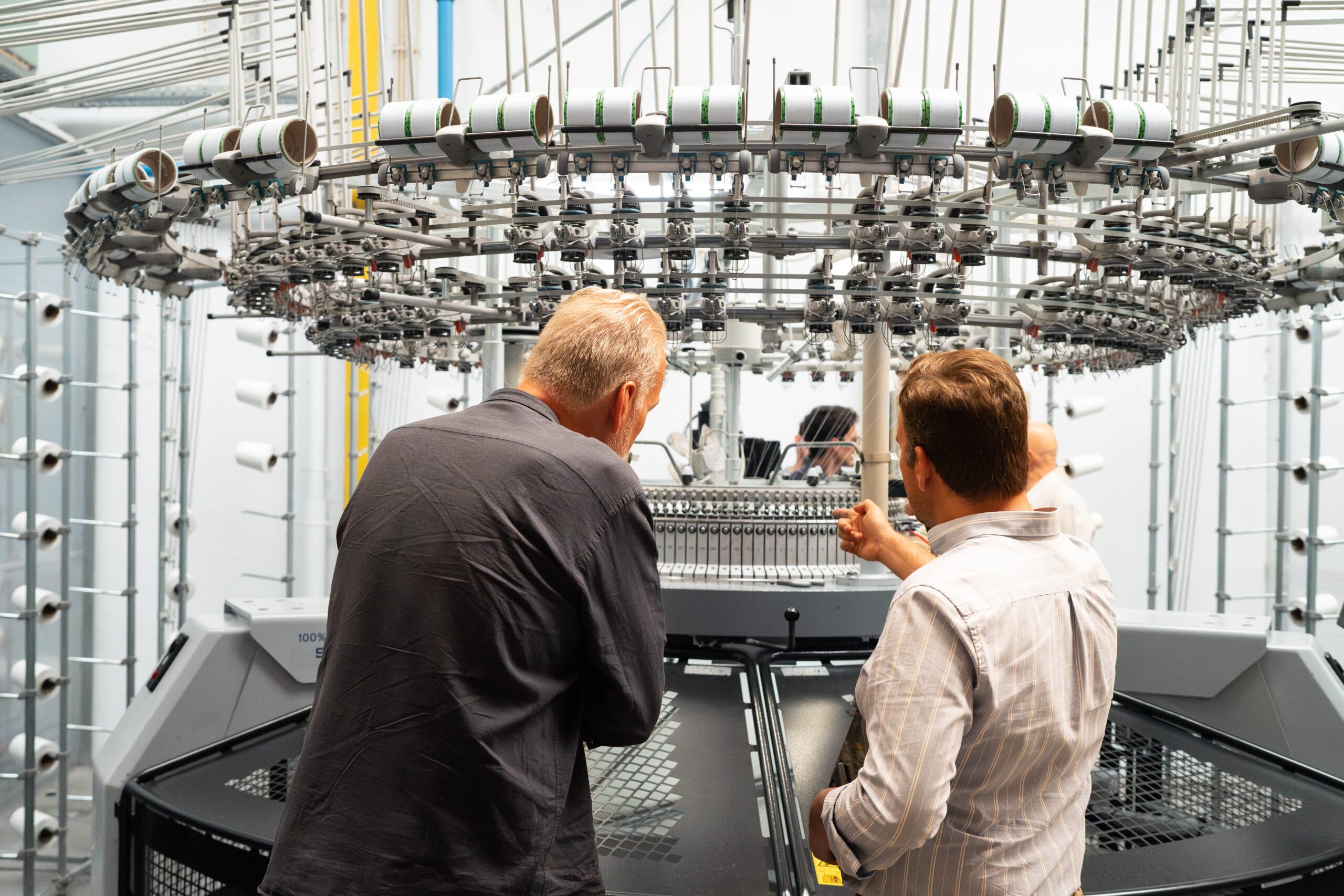What is mycelium?
Photo courtesy of Ecovative.
4 July 2023
The fashion industry is still heavily reliant on petroleum-based materials like polyester, nylon, acrylic, and many others that are harmful to the planet. The production and consumption of these synthetic fibres generate greenhouse gas emissions, perpetuate the use of non-renewable resources, and release microplastics into the environment.
However, there are many exciting new innovations and promising alternatives that can replace traditional plastic-based fibres — like mycelium!
You may have heard about mycelium in recent months as a sustainable alternative to leather and “pleather”, with some brands trailing the material to create bags and shoes. But what exactly is it?
Mycelium is the vegetative or root-like structure of mushrooms. Growing mainly underground, it acts as nature’s recycler and communicator by taking leaf litter and wood debris and transforming them into mushrooms. Additionally, mycelium helps to supply nutrients and water to the plants in the forest while receiving vital sugars in return.
Known for its structural integrity and thermal insulation, mycelium can be grown and processed into an effective alternative to synthetic materials, making it a great bio-based, sustainable option for the fashion industry.
Our innovator Ecovative has successfully developed the technology to unlock the natural potential of mycelium, producing leather-like hides and technical foams that can be used in a wide range of applications, including fashion.
Learn more about the innovator’s story and their technology here and read an interview with Ecovative’s founder here.
Other Articles

In conversation with Smartex: Explore Smartex’s AI-driven solutions transforming quality control and reducing waste

Fashion for Good and Textile Exchange Team Up to Trace Textile Waste

